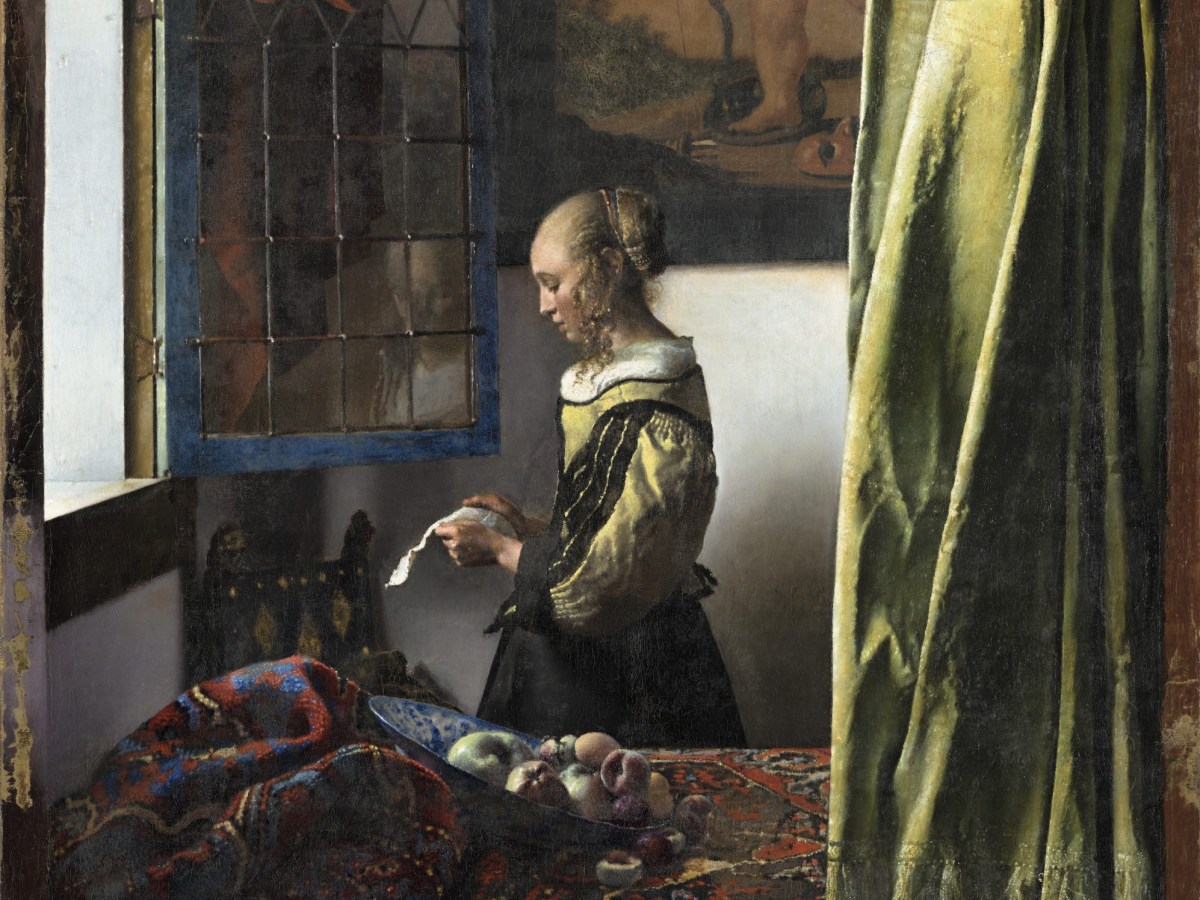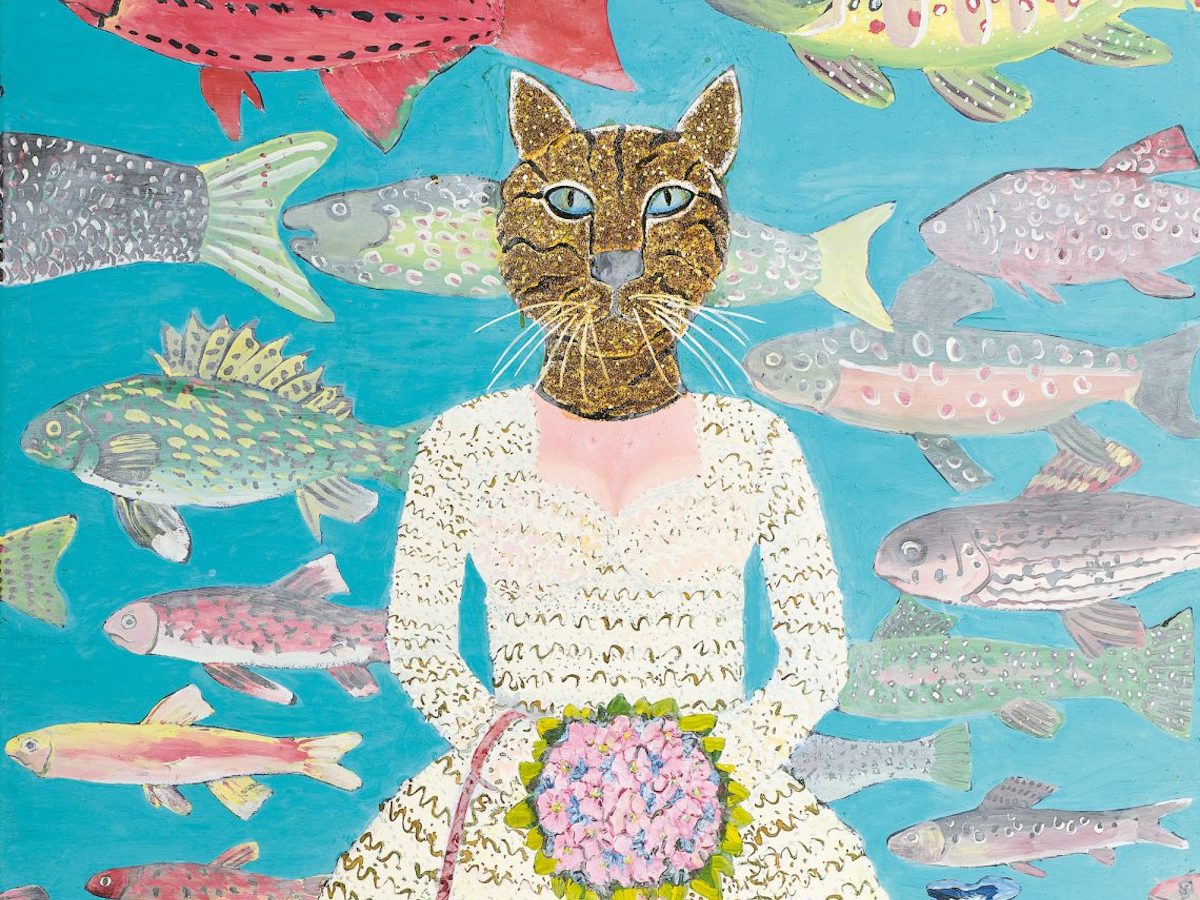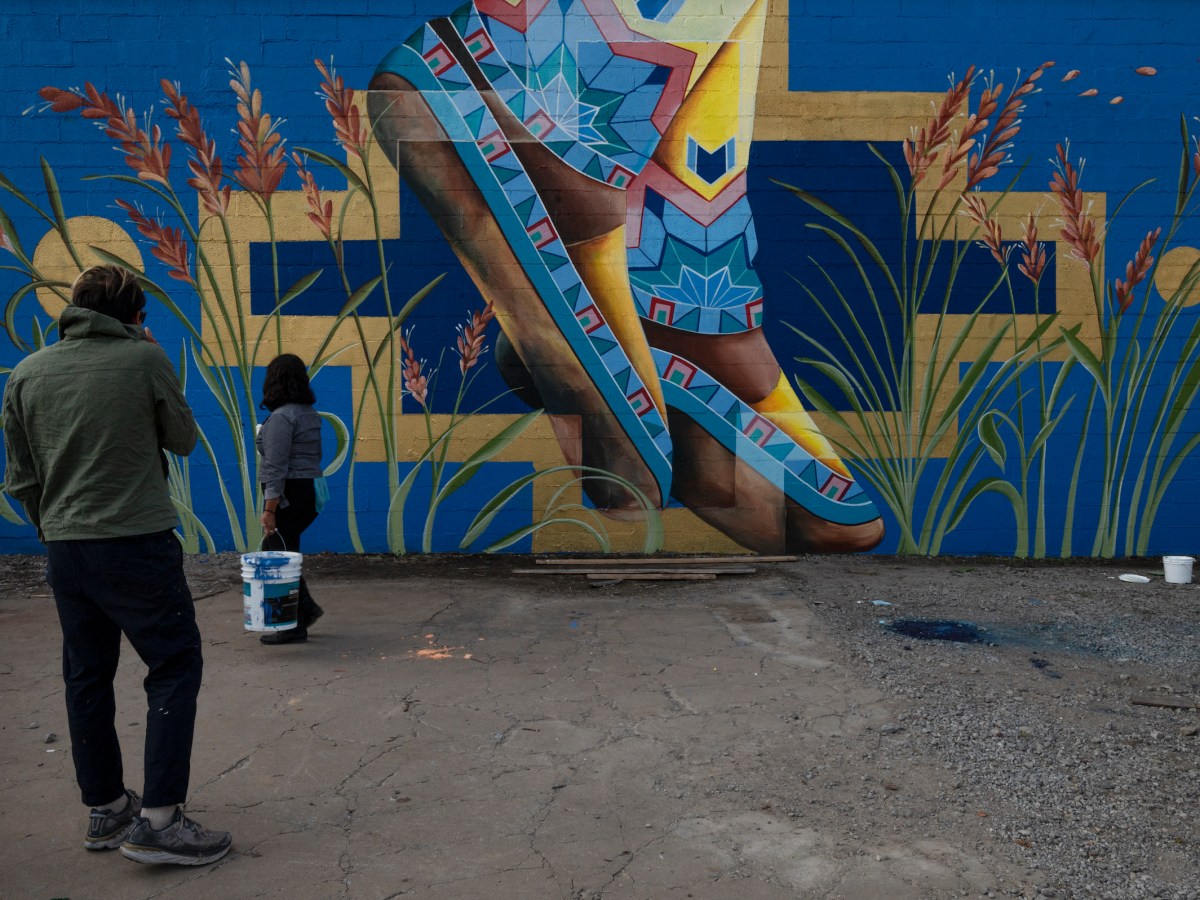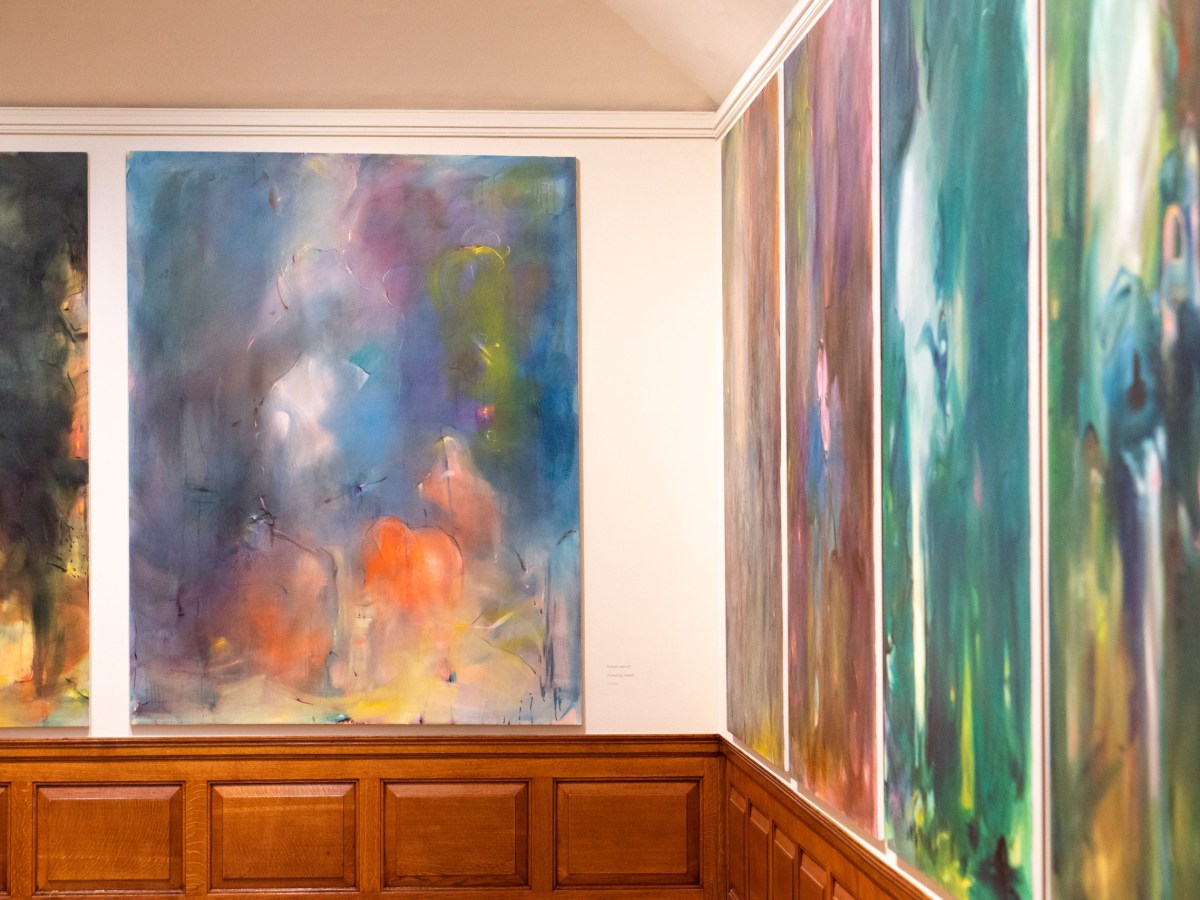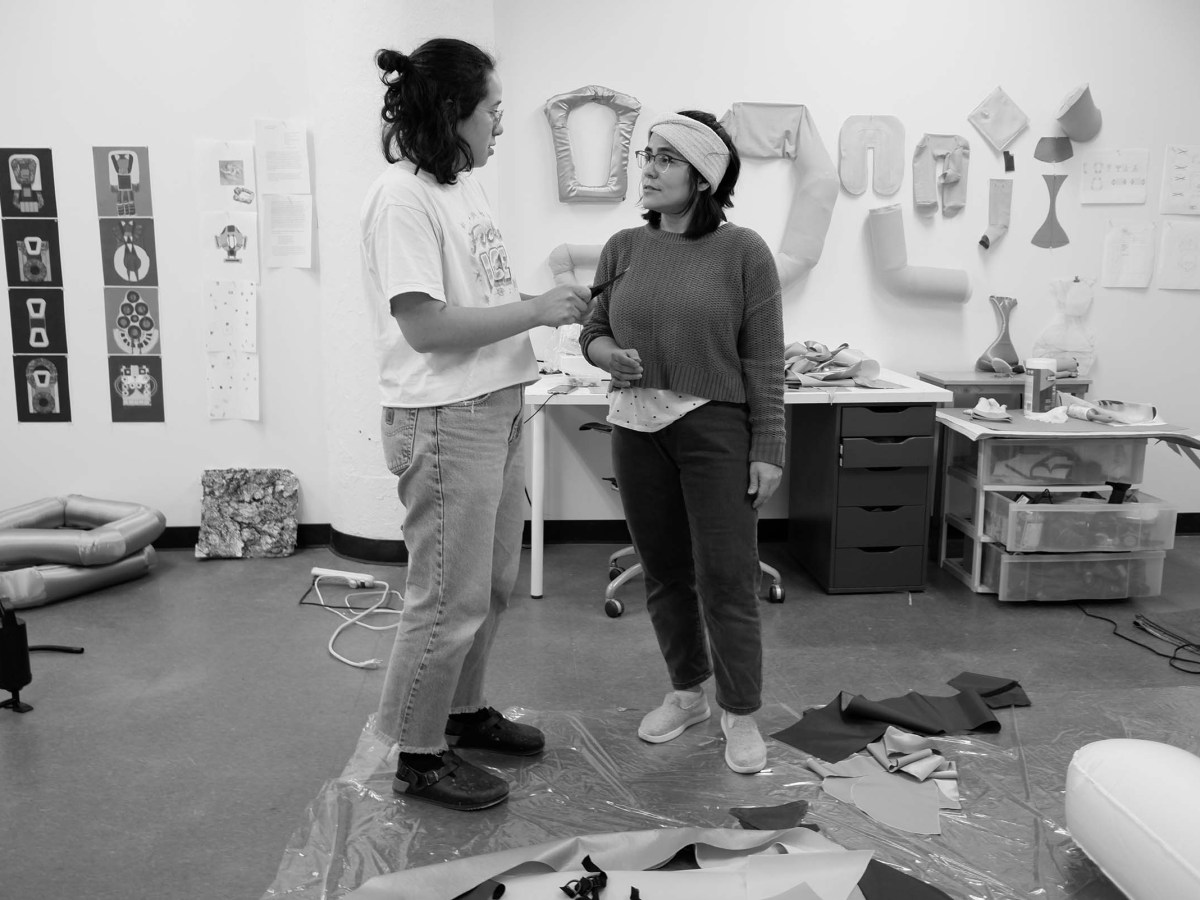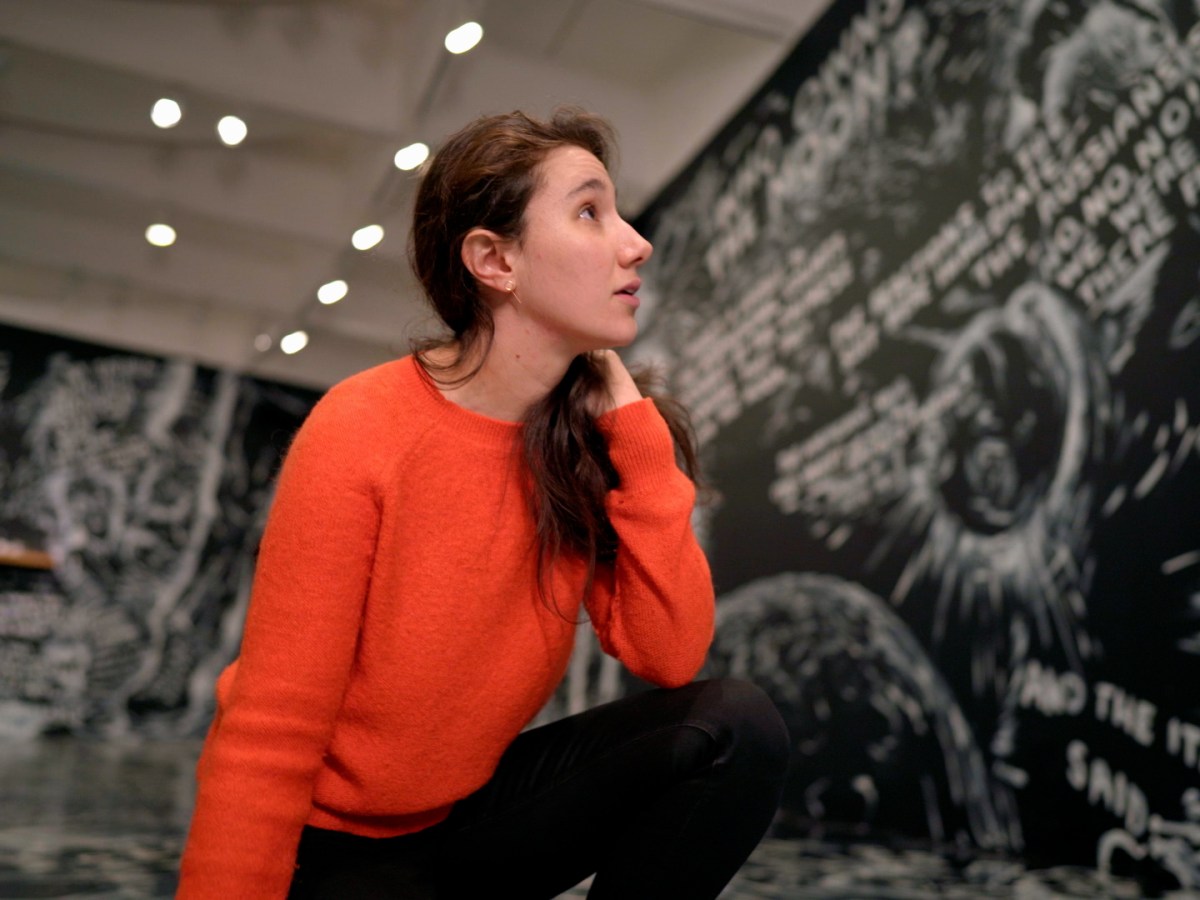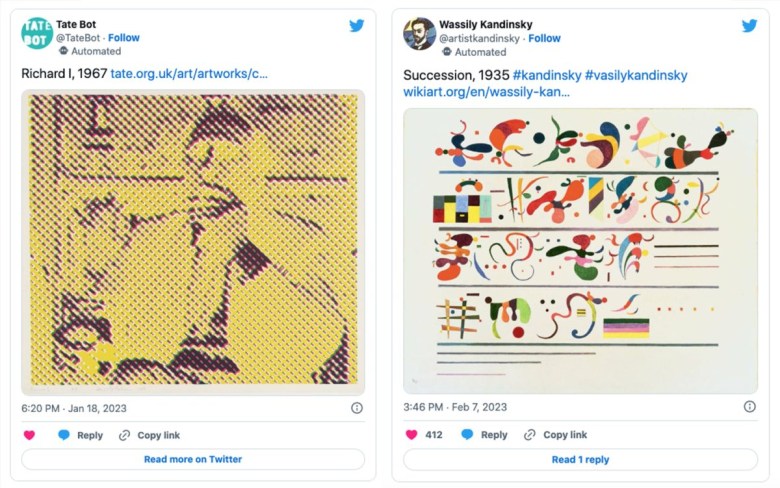
Last week, Twitter announced via the @TwitterDev account that it would no longer be supporting free Twitter application program interface (API) access as of February 9. The API enables programmatic access to the social media platform, allowing third-party developers to gather, analyze, and create data automatically through “bot accounts” that tweet information or images without a physical user operating the application. Many popular bots, such as those that post from museum collections or archives of long-gone artists, are at risk of future inactivity if Twitter begins charging its developers.
Following the announcement, Twitter’s new owner and CEO Elon Musk clarified that the tiered subscription model starting at approximately $100 per month would combat the API misuse from “scammers and opinion manipulators.” However, a majority of developers are independent hobbyists and scholars who make no money from their bots. In an interview with Hyperallergic, Andrei Taraschuk, the co-founder of @BotFrens and developer behind hundreds of art appreciation bots for artists and museums, said that this decision is “probably going to cut out 99% of developers who are just playing around, experimenting with Twitter, building something that doesn’t have a business model.”
Taraschuk’s art bots tweet from the archives of deceased artists such as Amadeo Modigliani, Artemisia Gentileschi, Vasily Kandinsky, and Natalia Goncharova. Access to these elements of art history beyond the museum setting has sparked joy and appreciation from Twitter users all over the world — Taraschuk even shared a screenshot of an email from a fan stating that they had chosen to pursue a degree in art history because of his bots after news of the API restrictions broke.
One bot owner that documents the periodic return of a little black cat named Pépito through a cat flap replied to Musk’s tweet indicating that the new subscription model would “kill [their] account,” which has been active since 2011. Musk responded that Twitter will enable a “light, write-only API for bots providing good content that is free.”
It’s unclear what Musk qualifies as “good content,” nor can we really unpack what his definition of “opinion manipulator” is considering the slew of blocked hate-speech and neo-Nazi accounts he reinstated at the end of last year. Neither Musk nor the Twitter Development team has provided any further clarifications regarding the new policies for tiered Twitter API access which are reportedly set to begin tomorrow.
Taraschuk also refuted Musk’s claims that scammers and bad actors were abusing the platform’s API access, saying that he “strongly doubts” that users engaging in nefarious activities would go through the developer verification process that Twitter currently implements.
“Twitter is probably trying to intentionally kill off some of the unprofitable usage,” he hypothesized. “Maybe kill off some of these zombie applications that keep on running, but that haven’t been maintained or upgraded in ages.”
Taraschuk’s some 500 art bots have garnered nearly 7 million followers since 2014, yielding innumerable impressions, likes, and retweets without earning a cent from the website. “The project is losing money every month,” he clarified. “We have a tiny revenue stream coming from Patreon, but depending on how much Twitter is charging for the API access, we’ll have to see whether we can afford it. There’s a huge difference in if we’ll have to pay for every single account versus a blanket $100 to maintain the same API level access.”
Brooklyn-based creative technologist John Emerson told Hyperallergic that if free API access ends, so will his bots. Emerson also maintains a collection of art museum bots as well as advocacy bots that monitor the New York Police Department’s (NYPD) web activity on top of broader police behavior and media mentions.
“The museum bots brought little sparks of joy, serendipity, and occasional provocation to followers throughout the day,” Emerson explained. “It was a fun, lo-fi way to explore vast collections of more objects than would ever fit into a gallery — and get to know the personalities of these institutions over time. The advocacy bots were an experiment in realtime collective monitoring.” Emerson’s @NYPDedits bot that highlights NYPD’s anonymous edits to Wikipedia pages inspired from an original report from Kelly Weill supposedly discouraged such behavior from the department by means of raising awareness to each instance.
Both Taraschuk and Emerson lamented that this “money grab” would be an immense blow to Twitter’s developer community, likely to pump the breaks in the face of uncertainty and Musk’s impulsive decisions and retractions. Beyond the threat to artistic appreciation, Emerson pointed out how the new restrictions on the search API element in particular would “smother critical research.”
“Without free access to the search API, researchers are also going to have a much harder time studying the spread of ideas, misinformation, and sentiment around the world,” Emerson elaborated.
Both developers also mentioned that Mastodon might take center stage for third-party development moving forward, but it’s going to take time to rebuild the community after Twitter stood as the paragon for real-time data sharing and analysis for so many years.

